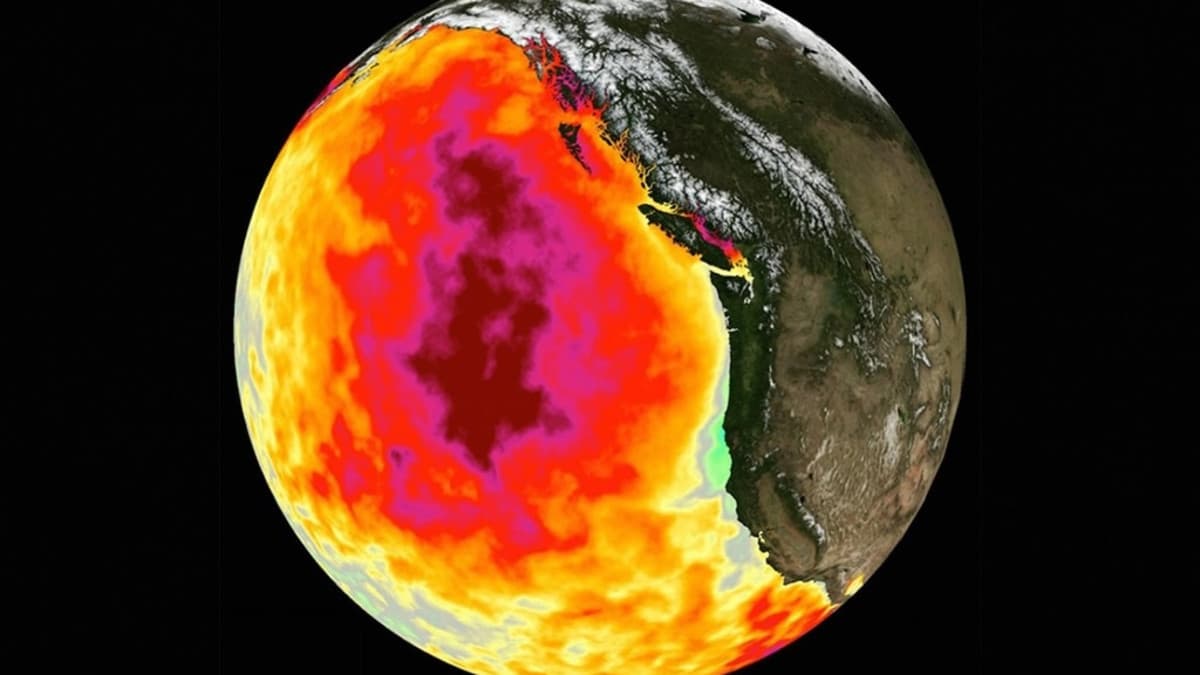Loading News Article...
We're loading the full news article for you. This includes the article content, images, author information, and related articles.
We're loading the full news article for you. This includes the article content, images, author information, and related articles.
Kenyans should prepare for potential record-breaking heat in the coming months, mirroring global trends of unusually high temperatures that threaten health, agriculture, and water resources.

While Australia anticipates record-breaking October heat with temperatures up to 15°C above average in some regions, Kenya faces similar concerns as global warming trends intensify. The Bureau of Meteorology in Australia forecasts temperatures in the low to mid-40s for parts of South Australia, Queensland, New South Wales, and the ACT, alongside severe thunderstorms on Saturday, October 18, 2025.
This extreme weather pattern in Australia serves as a stark reminder of the broader global climate crisis, which has significant implications for Kenya. East Africa has recently experienced its own share of climate-related challenges, including prolonged droughts and unpredictable rainfall patterns, impacting millions. The Kenya Meteorological Department has consistently warned of rising temperatures and altered weather patterns across the country, urging preparedness.
Kenya's climate is highly susceptible to global weather phenomena, including El Niño and La Niña, which often lead to either severe droughts or heavy rainfall. Over the past decade, the country has grappled with increasingly frequent and intense droughts, particularly in arid and semi-arid lands (ASALs), devastating livelihoods and exacerbating food insecurity. The National Drought Management Authority (NDMA) reported in August 2024 that several counties were experiencing moderate to severe drought conditions, affecting over 2 million people.
The Kenyan government has acknowledged the urgency of climate change, integrating adaptation and mitigation strategies into its national development agenda. However, implementation remains a challenge, often hampered by resource constraints and competing priorities.
Kenya's legal framework for climate change includes the Climate Change Act of 2016, which provides a regulatory framework for enhanced response to climate change and outlines mechanisms for mainstreaming climate change into national and county-level development planning. The Act also establishes the National Climate Change Council, tasked with overseeing climate change governance.
Despite these legislative efforts, effective enforcement and coordination across various government agencies and county administrations remain critical for building climate resilience. Policies aimed at promoting renewable energy, sustainable land use, and water conservation are in place but require more robust implementation.
Farmers, pastoralists, and urban dwellers are among the most vulnerable to extreme heat and altered weather patterns. Mary Njeri, a smallholder farmer in Kitui County, stated in an interview on October 15, 2025, that "the rains are no longer predictable, and the sun is harsher than ever before. Our crops are failing, and our families are struggling to find enough food."
Civil society organisations, such as the Kenya Climate Change Working Group, have consistently advocated for greater government accountability and increased investment in climate adaptation measures. They highlight the disproportionate impact of climate change on marginalised communities and call for inclusive policymaking.
The Intergovernmental Panel on Climate Change (IPCC) Sixth Assessment Report (2023) indicates that East Africa is projected to experience a significant increase in average temperatures and more frequent extreme heat events. The report also forecasts changes in rainfall patterns, leading to more intense droughts and floods.
The World Bank's Kenya Economic Update (2024) estimates that climate change could cost Kenya up to 3% of its Gross Domestic Product (GDP) annually by 2030 if no significant adaptation measures are taken.
The anticipated extreme heat poses several risks for Kenya, including increased instances of heatstroke and other heat-related illnesses, particularly among vulnerable populations such as the elderly and young children. Agricultural productivity is likely to decline further due to water scarcity and crop failures, exacerbating food insecurity.
Furthermore, prolonged dry spells can lead to increased competition for scarce resources, potentially fueling inter-communal conflicts, especially in ASAL regions. The energy sector may also face challenges due to reduced hydropower generation capacity.
While the general trend of rising temperatures is clear, the precise timing and intensity of future extreme heat events in specific Kenyan regions remain subject to ongoing scientific modeling and research. There is also ongoing debate regarding the most effective and equitable strategies for financing climate adaptation and loss and damage in developing countries like Kenya.
The Kenya Meteorological Department is expected to release its updated seasonal forecast for the short rains (October-December) by late October 2025, which will provide more specific guidance on anticipated temperatures and rainfall. The government is also expected to continue its public awareness campaigns on climate change preparedness.
Kenyans should closely monitor advisories from the Kenya Meteorological Department and local health authorities regarding extreme heat. Attention will also be on the government's implementation of its climate change adaptation plans and the outcomes of international climate negotiations that could unlock further support for climate-vulnerable nations.
Keep the conversation in one place—threads here stay linked to the story and in the forums.
Other hot threads
E-sports and Gaming Community in Kenya
Active 6 months ago
Popular Recreational Activities Across Counties
Active 6 months ago
The Role of Technology in Modern Agriculture (AgriTech)
Active 6 months ago
Investing in Youth Sports Development Programs
Active 6 months ago